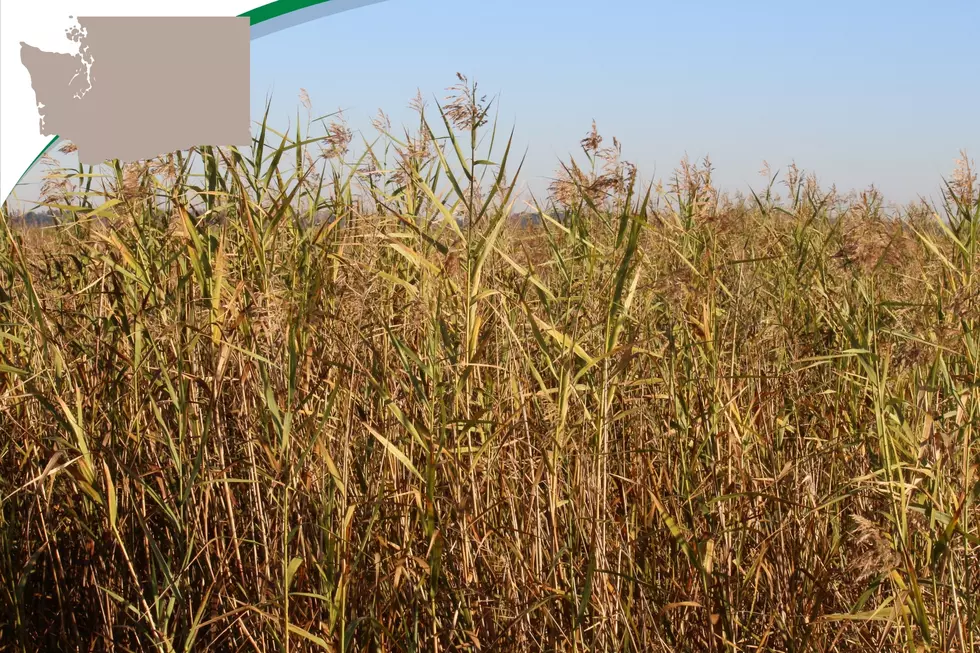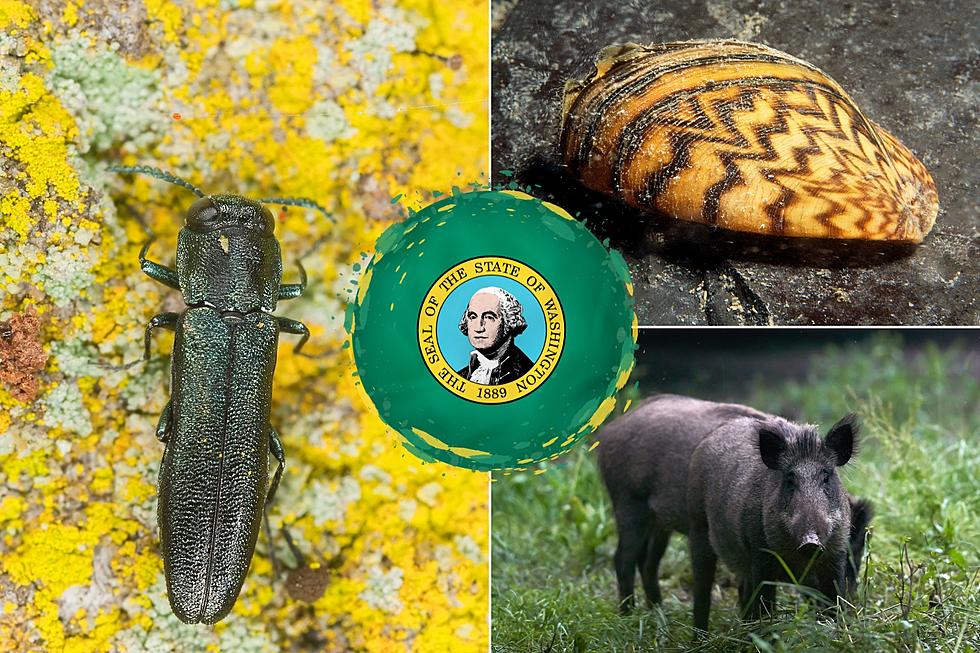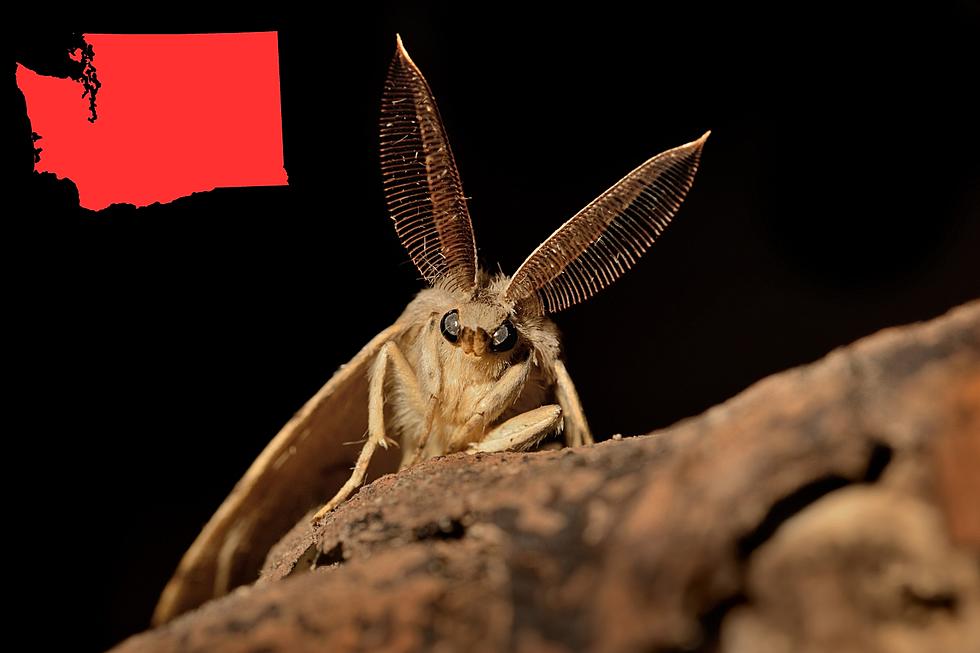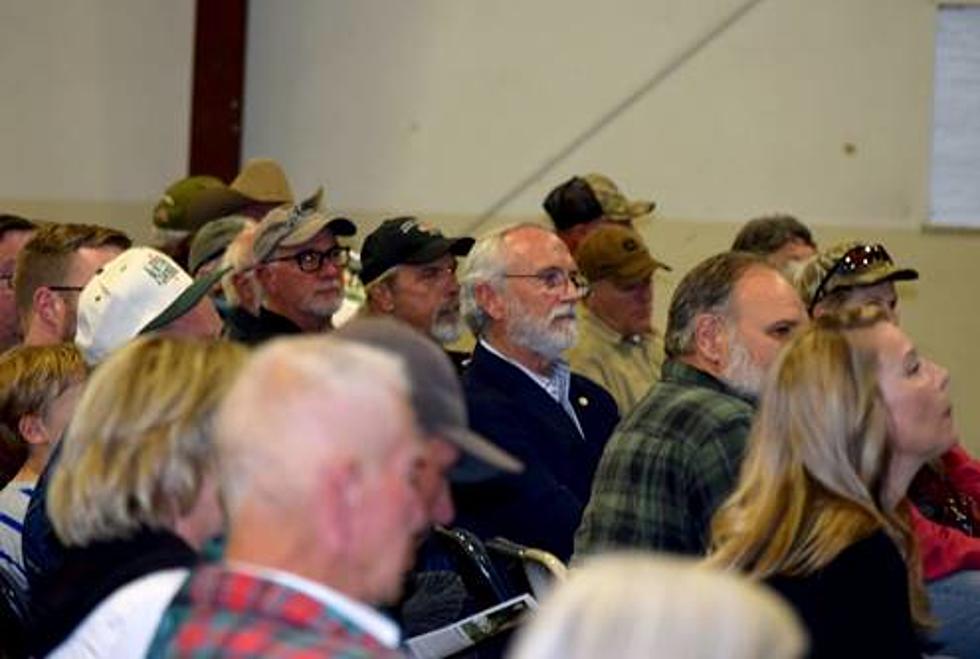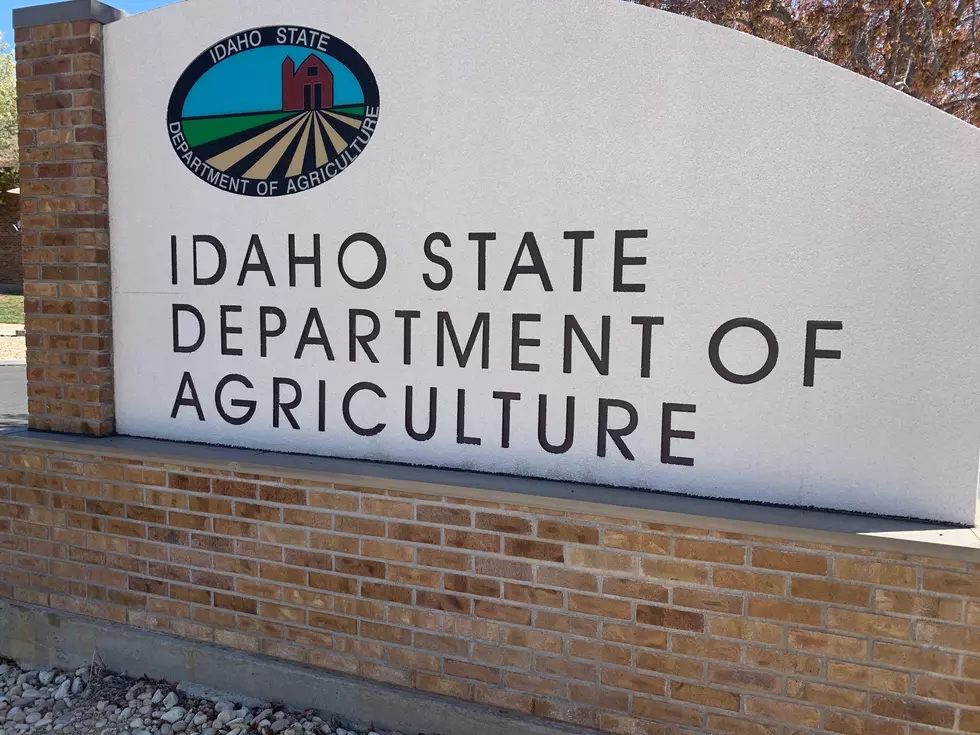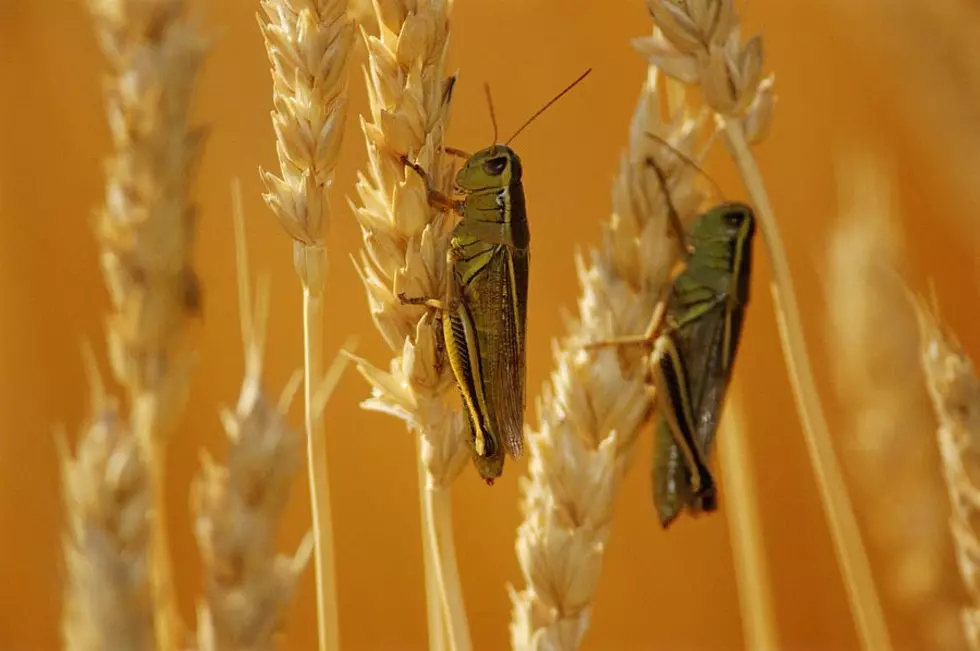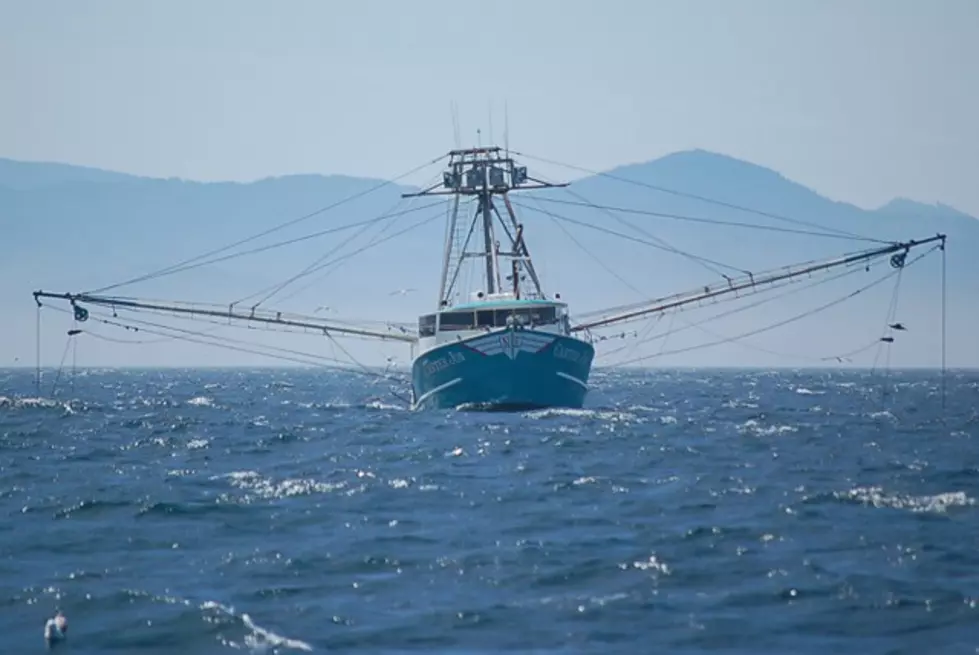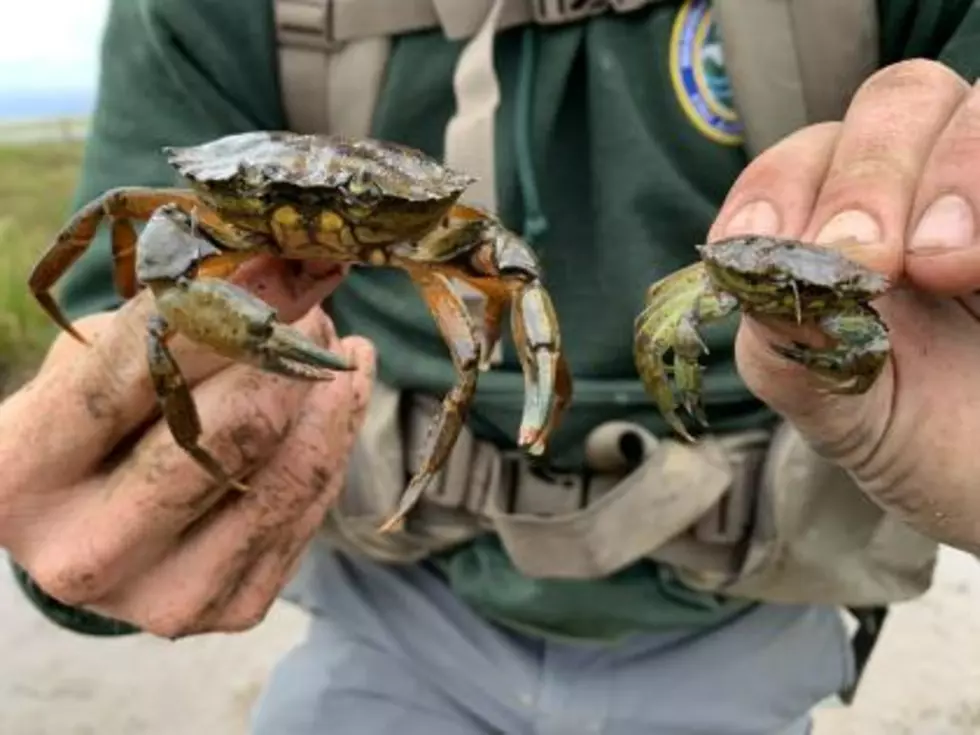
Invasive European Green Crabs Found In Washington Waters
The Washington Department of Fish and Wildlife announced late last week the deployment of emergency measures to control invasive European green crabs on the Washington Coast and at sites within the Salish Sea is well underway. This includes the implementation of an Incident Command System to facilitate statewide coordination between various agencies, tribes, and partners.
The Washington State Emergency Management Division assigned European green crab response as a formal mission on April 18th. After meeting with other state and federal agencies, WDFW Director Kelly Susewind formally implemented the ICS strategy on May 5th in delegating authority to Allen Pleus, WDFW’s Aquatic Invasive Species Policy Coordinator, to serve as Incident Commander. The ICS also identifies Coastal and Salish Sea management branches.
The European green crab is a globally damaging invasive species that poses a threat to native shellfish, eelgrass, and estuary habitat critical for salmon and many other species.
On January 19th, Governor Jay Inslee issued emergency proclamation a [22-02] to address the exponential increase in European green crab populations detected, within the Lummi Nation’s Sea Pond and outer coast areas. The order directed WDFW to begin implementation of emergency measures to prevent the crab’s permanent establishment and expansion.
At the request of Governor Inslee, WDFW, Washington Invasive Species Council, several Native American tribes, and other state and non-governmental partners, the Washington State Legislature appropriated $8.568 million in funding for European green crab emergency measures in the 2022 Supplemental Operating Budget, which was signed on March 31. This amount includes pass-through funding for the Lummi Nation, Makah Tribe, and partners.
The Legislature and Governor had previously provided WDFW $783,000 in a one-time proviso in 2020 and $2.3 million in ongoing funding in 2021 to control European green crabs, but the amounts were not sufficient to control growing infestations.
With the emergency order and funding, WDFW has been working with tribes, other state and federal agencies, as well as shellfish growers and private tidelands owners to establish a coordinated response, hire and deploy personnel, and purchase and distribute equipment to areas with known green crab infestations. Three boats, nearly a dozen new employees, and more than 700 specialized traps have been deployed this spring, with more on the way.
Through the efforts of WDFW Aquatic Invasive Species (AIS) staff, the Lummi Nation, Makah Tribe, Shoalwater Bay Tribe, Willapa-Grays Harbor Oyster Growers Association, and other tribes, agencies, and partners, more than 64,000 European green crabs have been removed from Washington waters in 2022 as of June 11.
Under the emergency order, regular updates are posted on this webpage.
“Washington’s European green crab management efforts continue to ramp up this year with Governor Inslee issuing a statewide emergency proclamation and the Legislature authorizing new emergency funding resources,” said Pleus, the Incident Commander. “We’re now working to improve strategic coordination so that by working together, Washingtonians can control European green crabs with the goal that this invasive species does not harm our state’s environmental, economic or cultural resources.”
Washington Sea Grant continues conducting early-detection monitoring throughout the Salish Sea and coastal bays, as well as research to better understand European green crabs and their range in Washington state. The Northwest Straits Commission is conducting monitoring and removal efforts in Whatcom and Skagit counties. WDFW provides support for both entities.
Several Native American tribes, the Washington Department of Natural Resources and State Parks, federal entities including the U.S. Fish and Wildlife Service and National Oceanic and Atmospheric Administration, commercial shellfish growers, and private tidelands owners are also involved in European green crab monitoring and removal efforts on their lands.
WDFW is working closely with the Washington Recreation and Conservation Office (RCO) to establish a Multi-Agency Coordination (MAC) Group under the ICS structure, as well as to implement a new European green crab Emergency Measures Fund Program with $1,100,000 in funding available for interagency contracts to state, tribal, federal, and local governments. In addition, WDFW is implementing a European Green Crab Coastal Management Grant Program to be disbursed by the Pacific and Grays Harbor County conservation districts, with $675,000 in funding available for local, non-profit, or private entities that seek to conduct green crab removal. Permits, traps, and other support are also available for tidelands owners as supplies allow.
If you have a story idea for the PNW Ag Network, call (509) 547-1618, or e-mail gvaagen@cherrycreekmedia.com
More From PNW Ag Network
